
Tag Archives Feedlot
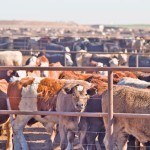
What’s good for producers may mean pain for meat packers
Cargill and JBS plants in Alberta need more cattle, but a low dollar makes it harder to get them and also has some negatives for feedlots
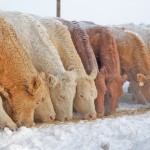
Properly processed feed wheat doesn’t cause tummy trouble
Researchers in Lethbridge swapped wheat for barley in a cattle ration without any negative effects — but the wheat must be properly processed

BIXS transfers ownership to new privately held company
ViewTrak with CCA, are the initial shareholders in new BIXS program
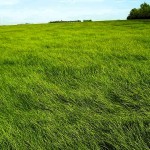
Energy-dense forage crops for the future
Energy-dense forage could present a viable alternative to feedlots in some instances

Telling the story of grass
Is the beef industry ready – and willing – to use extra forage if more producers add it to their rotation?
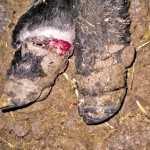
Frozen ears and feet— but not from the cold
Ergot contaminated feed is causing a wide range of easily misdiagnosed herd health problems in Western Canada
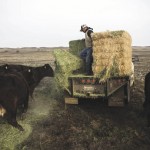
California drought delays cattle herd building
More feedlots, packing plants may fail
LIVESTOCK-U.S. live cattle futures end higher on gains in cash
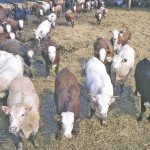
New calculator assesses financial risk for cattle operations
Can show how sensitive an operation is to different selling prices and cattle price insurance coverage levels
A new decision support tool to assist cattle producers in calculating their cost of production and risk exposure has been posted to Alberta Agriculture and Rural Development’s website. Rancher’s Risk and Return is an Excel spreadsheet calculator that takes an innovative approach to assessing the market price risk that cow-calf and feedlot producers continually face.

